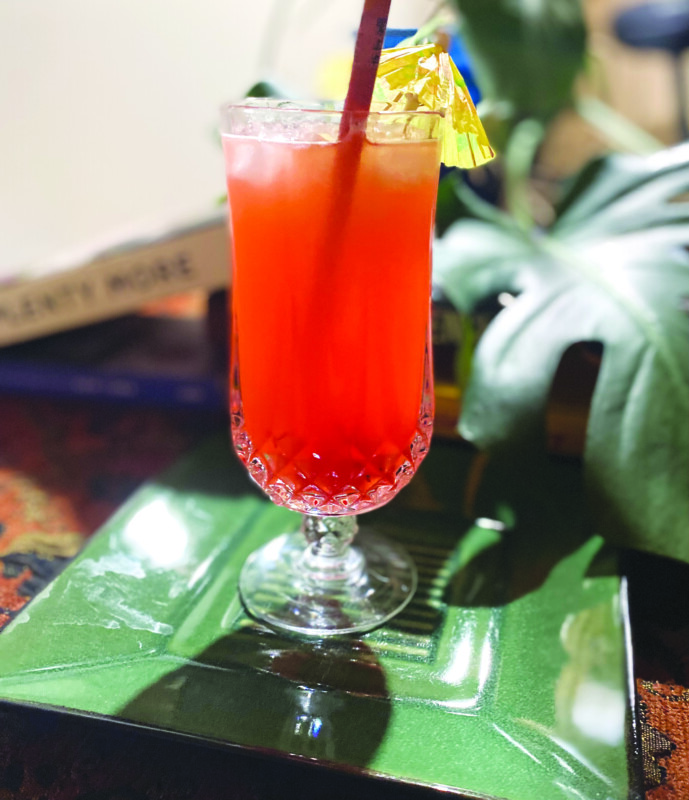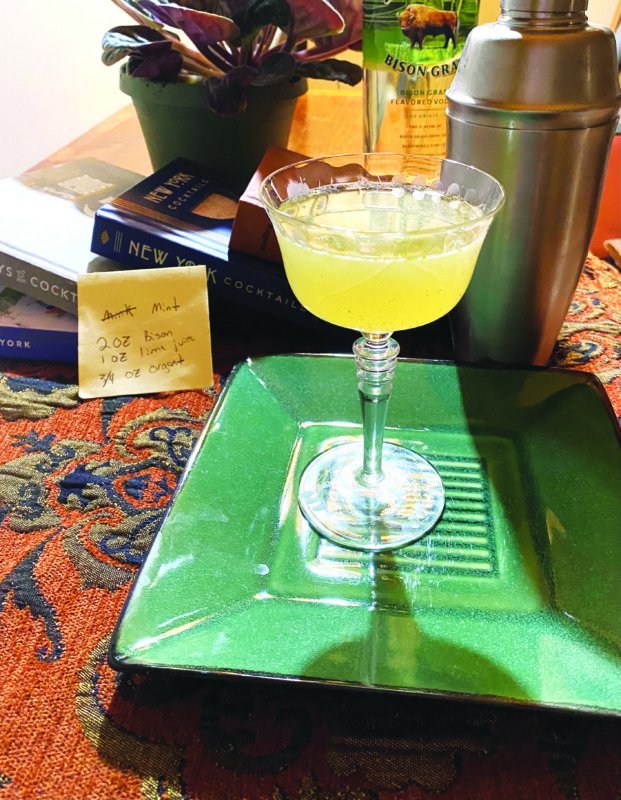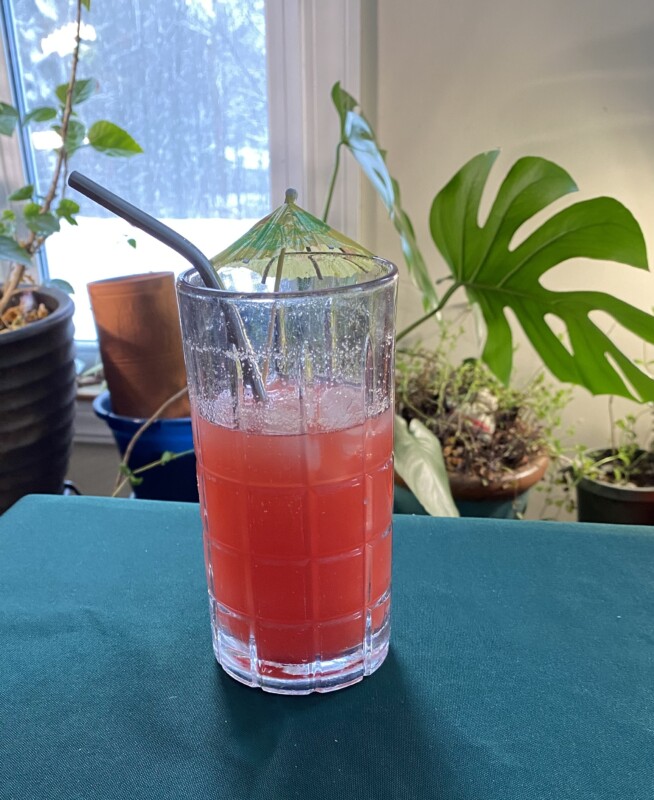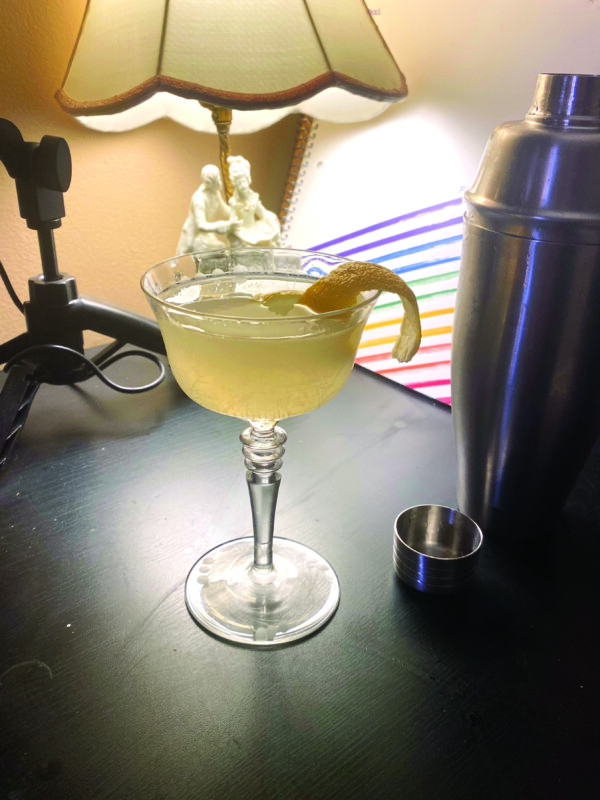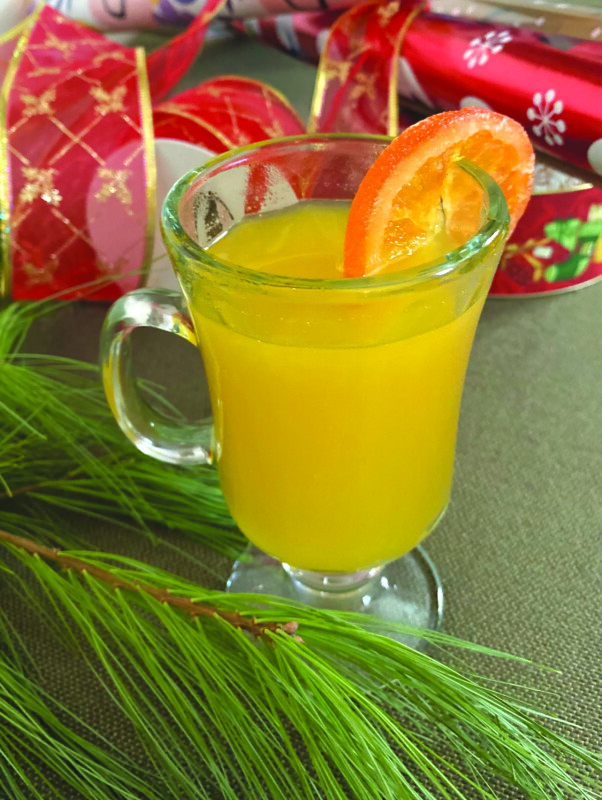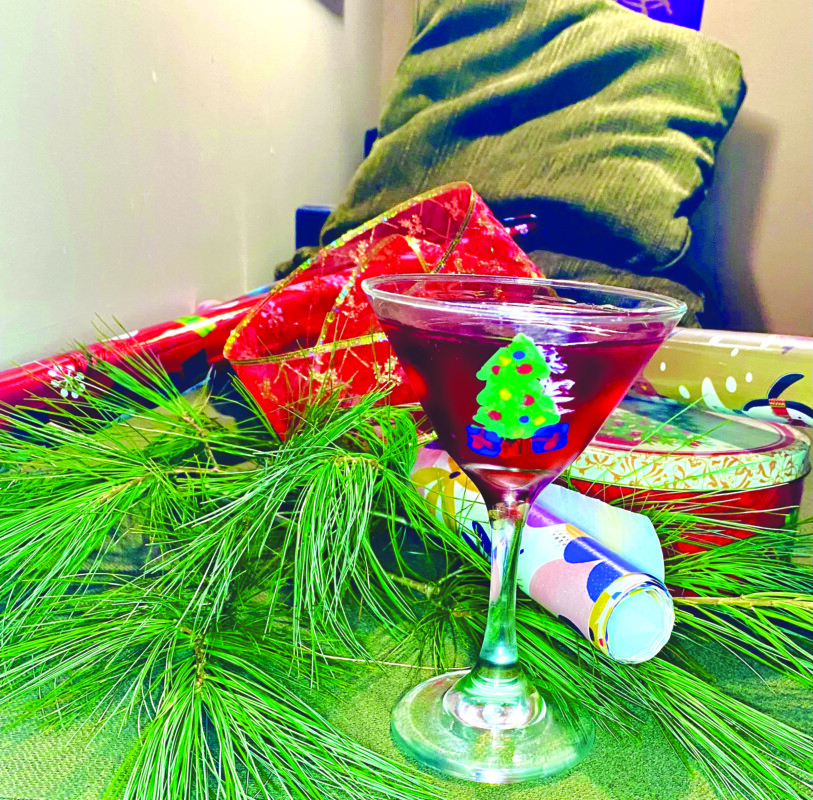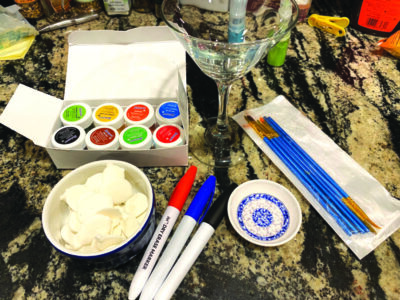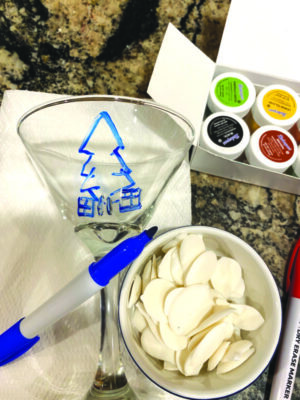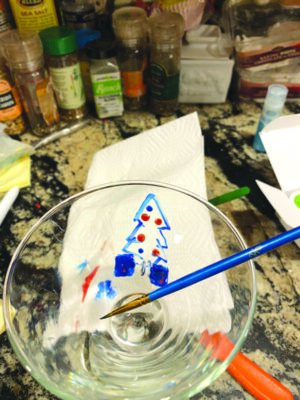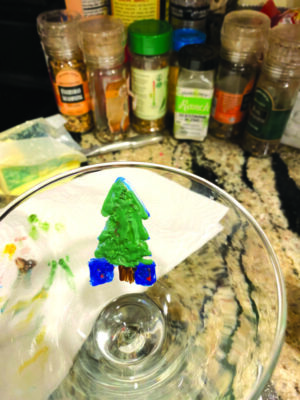“Hi,” the lady in the apron says to me.
I look up from a pile of tangerines. “Hey. How are you?”
“I’m good. You?”
I fall back on my stock answer when I don’t really want to think too much about how I actually am: “You know how it is — the power, the money, the respect, the women. Frankly, it would crush a lesser man.”
“I can imagine. Are you finding what you want?”
And that’s when it hits me: What do I want? I have no problems that a rational man would complain about. And I realize that she’s almost certainly talking about my produce needs, not my emotional ones.
And yet—
What do I want?
I’m overwhelmed by an image. I’m on a bamboo veranda, overlooking the dark cyan* waters of the South China Sea. (*I looked it up later on a paint chip.) An overhead fan whooshes. A gentle breeze carries the scent of salt and white ginger. I’m reclining on something made out of teak.
This is all a bit much to lay on my new friend of 35 seconds, so I ask her where the macadamia nuts are.
Sill distracted by my tropical vision, I end up buying pineapple juice and paper umbrellas. It’s February. It’s time for pancakes and tiki drinks.
The pancake part is easy.
Pancake batter should be thinner than you think, as should the pancakes themselves. Fluffy pancakes are a false standard put forth by Big Pancake; go with the thin ones. You absolutely will not regret it.
The syrup is up to you, but there should be a small pitcher of melted butter. As for the cocktail —
Singapore Sling
- 2 ounces dry gin
- ½ ounce kirsch (cherry brandy)
- ¼ ounce cognac
- 2 ounces pineapple juice
- ¾ ounce fresh squeezed lemon juice
- 1¼ ounces cherry syrup from a jar of maraschino cherries
- 1 to 2 dashes Peychaud’s bitters
- 1 to 2 dashes orange bitters
- 2 ounces plain seltzer
Add all ingredients except the seltzer with ice in a cocktail shaker. Shake until the ice starts to break up.
Pour, with your now-cracked ice, into a tall glass — the type is up to you. A tiki mug would work well. So would a Pilsner glass. You could make a case for a clean peanut butter jar.
Top with the seltzer and stir gently. Garnish with at least five maraschino cherries.
The first sip of a proper Singapore Sling is deceptive. You will wonder if you forgot an ingredient. Considering the pineapple and cherry juices, you’d think it would be sweeter. Should it be this pink?
Do you know what puts negative thoughts like that in the front of your brain?
Stress and anxiety. Also, February.
By your third sip, do you know what are losing their grip and slipping down your cerebral cortex? The Negativity Triplets.
This is what you need.
Featured photo: The Singapore Sling. Photo by John Fladd.

